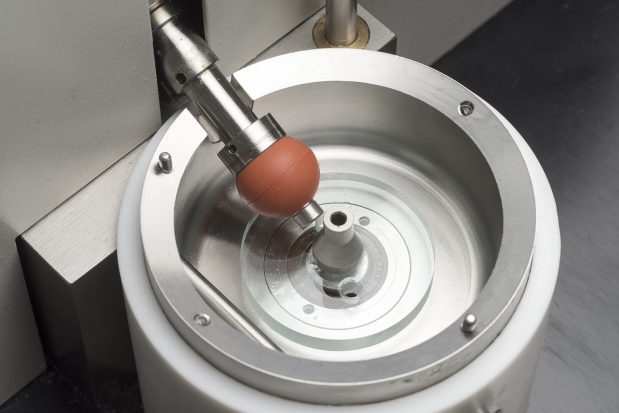60 Seconds in the Spotlight: Dr Anwesha Sarkar, Associate Professor in Food Colloids and Processing – School of Food Science and Nutrition, University of Leeds

Hi Dr Sarkar, thanks for agreeing to do our first 60 seconds spotlight interviews, how long have you been researching food tribology and what areas are you focusing on at the moment?
I have been studying food tribology for the past four years, and we are currently looking into designing bio-relevant contact surfaces, aqueous lubrication, lubricating properties of lubricating properties of complex food microstructure and ultimately correlation of instrument to sensory perception.
Very interesting, why do you use the PCS Mini- Traction Machine for this research?
The MTM is simple and easy to use, particularly the program software. Reproducibility of results is very good, and the temperature control is effective and accurate. Finally, it is easy to clean, which is important when changing food microstructures from, let’s say fat to non-fat versions.

Why is fundamental research important within food tribology?
Fundamental research is crucial to establish the lubrication mechanisms in oral surfaces, which can be later used to design new food with tailored mouthfeel. For example, tailoring low-fat food without compromising mouthfeel.
What needs to be done to increase the use and awareness of tribology in the food and beverage industry?
More fundamental research on oral lubrication is key. Also, academia should work in close collaboration with industry to co-create new applied science in the nexus of tribology and sensory science with model as well as real food systems.
What modifications/advances would you like to see in tribology equipment to aid your research?
Lower loads and different motion cycles would be beneficial to enable more accurate simulation of oral conditions for food tribology research area.
How are tribological results described in sensory terms?
It depends on the type of food being tested. For instance, attempts have been made to correlate “astringency”, “puckering” feeling in wine to “increased coefficient of friction”.
Dr Sarkar recently published papers:
Aqueous lubrication, structure and rheological properties of whey protein microgel particles, A Sarkar, F Kanti, A Gulotta, B S Murray and S Zhang, Langmuir (2017) 33 (51), 14699–14708.
Relating rheology and tribology of commercial dairy colloids to sensory perception, L Laguna, G Farrell, M Bryant, A Morina and A Sarkar, Food & Function (2017) 8 (2), 563-573.
Oral tribology: update on the relevance to study astringency in wines, L Laguna and A Sarkar, Tribology-Materials, Surfaces & Interfaces (2017) 11 (2), 116-123.
Exploring mouthfeel in model wines: Sensory-to-instrumental approaches, L Laguna, A Sarkar, MG Bryant, AR Beadling, B Bartolomé, Food Research International (2017) 102, 478-486.
